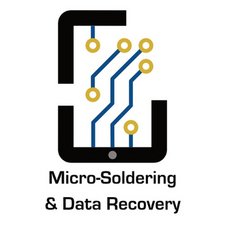iPhone 6s U4500 ic problem? Or worse?
Hi! Whoever you are your already much appreciated for reading and attempting to help me out here.
So I have a water damaged iPhone 6s. i cleaned it with 90% isopropyl alcohol after removing the shields and replaced the screen as well as the battery. No screen response. I can feel some mild heat (meaning normal) when I place my finger on top of the connected display terminals as well as the connected battery terminal, when I press the power button or plug it in. I don't know if that's helpful but to me that means that there is power flowing through the board and to the display. I "charged" it for a while and then swapped the battery to another iPhone 6s and their was no improved charge on it. I replaced the lightening cable to see if that was damaged by the water. No change. So clearly this is a U4500 charge ic problem but is it more than that? Because even when a fully charged battery is connected to the phone there is no display response. This has already been a pain in the ass and I don't want to Solder a new U4500 ic to the thing only to find out it's still dead. Basically can a messed up U4500 ic kill charging and display capabilities? Or just charging capabilities. I know it's a logic ic as well but that's where my deeper understanding ends.
Thanks so much
Ryan
Esta é uma boa pergunta?

 3
3  2
2 
 807
807 
